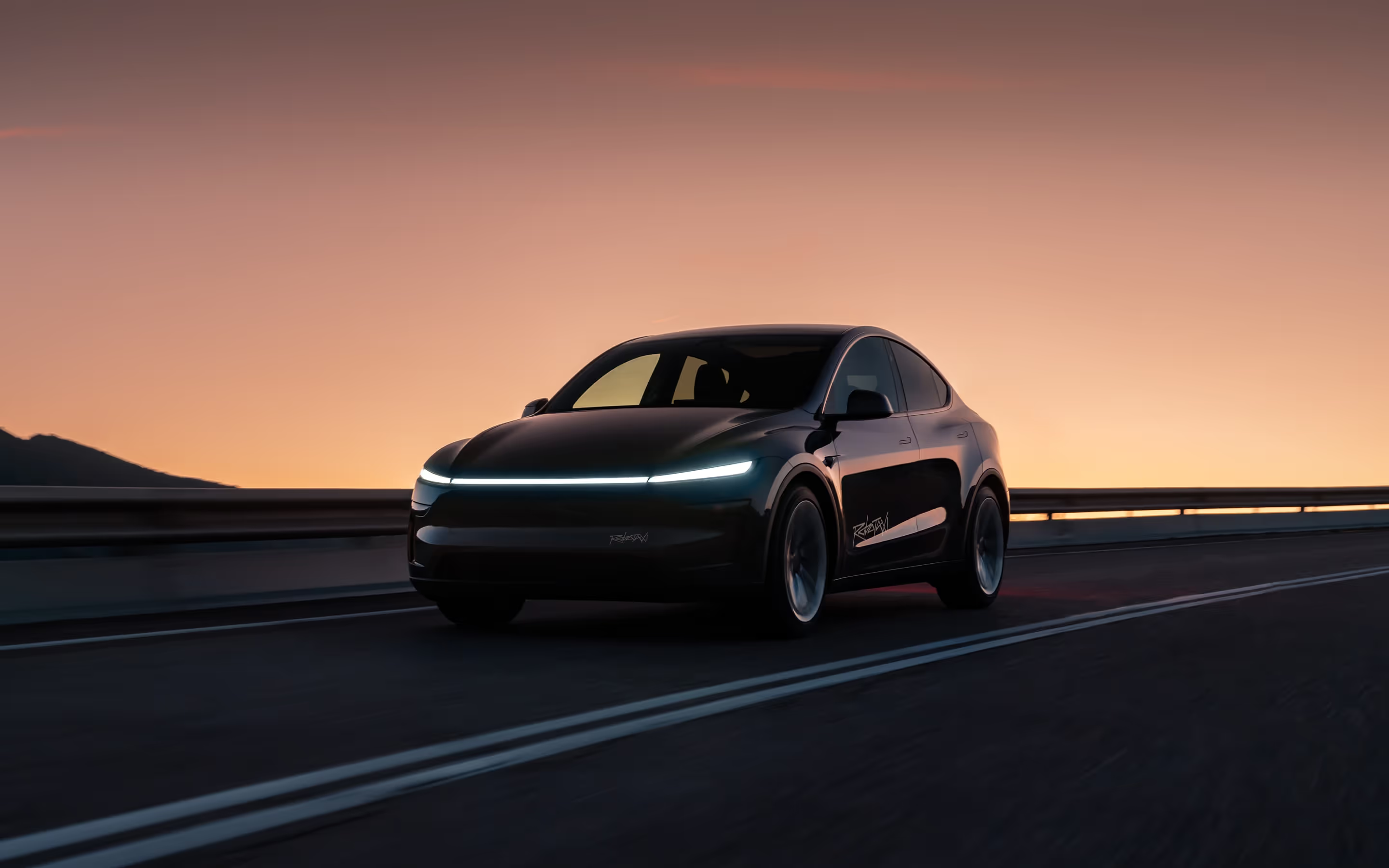The car subscription market represents a significant shift in the way individuals access and utilize vehicles. Traditionally dominated by the binary choice of either purchasing or leasing, the automotive landscape has been gradually changing. This evolution from strict ownership to a more flexible "usership" model provides insight into changing consumer demands and the ever-evolving automotive industry.
The Genesis of Vehicle Leasing and Rental Models
Before the rise of the car subscription market, vehicle leasing and rental models were the primary alternatives to outright purchase. In the early days, these options catered to a niche clientele—those seeking temporary mobility solutions or those who preferred not to commit to a long-term purchase. However, as the world progressed and consumer demands transformed, these models laid the foundational groundwork for the eventual emergence of car subscription services.
Key Factors Driving the Shift in the Car Subscription Market
Several converging factors contributed to the evolution and popularity of the car subscription model. Technological advancements played a pivotal role—digital platforms made sign-ups, swaps, and service selections incredibly seamless. Additionally, changing consumer preferences, especially among the younger generation, leaned towards commitment-free and flexible solutions. The unpredictable nature of global economies, marked by financial crises and recessions, further influenced consumer sentiment. Instead of being tied down by depreciating assets, the appeal of an adaptable car subscription market became ever clearer.

The Car Subscription Market's Beginnings
The inception of the car subscription market was met with both curiosity and skepticism. Emerging as a distinct concept separate from traditional leasing and renting, the car subscription model found its footing among early adopters eager for more flexible transportation options.
In the beginning, many early entrants were startups and independent firms, armed with an innovative approach to car usage. These pioneers were willing to experiment, iterate, and take calculated risks in uncharted waters. Their endeavors were characterized by a combination of unique value propositions, from multiple car swaps within a month to all-inclusive packages that covered maintenance, insurance, and other vehicle-related expenses.
One of the crucial contributors to early success was the realization of changing consumer preferences. The younger generations, particularly millennials and Gen Z, showcased a discernible shift away from the desire for ownership. To them, access took precedence over ownership. This preference for experiences over assets, combined with their comfort with digital platforms, meant that car subscription services found a ready audience among these demographics.
Furthermore, the early successes can also be attributed to lessons learned from the challenges faced. Initial skepticism from consumers meant that transparency became vital. Clear communication on terms, easy exit options, and inclusive pricing models without hidden fees were some practices that helped instill trust and encouraged more users to try out the model.
Moreover, collaborations played a significant role. Several of these early entrants forged partnerships with established automotive manufacturers and dealerships. These collaborations not only provided the necessary inventory but also lent credibility to the subscription model.
Over time, as the initial challenges were surmounted and the benefits of the model became apparent, more significant players, including renowned automotive brands, began to enter and invest in the space, thereby cementing the car subscription model's position as a viable alternative in the automotive industry.
The COVID-19 Pandemic: A Boon for the Car Subscription Market
Few events have shaped the modern world as profoundly as the COVID-19 pandemic. Traditional car ownership models, with their long-term commitments, suddenly seemed ill-suited for a world rife with uncertainties. As the pandemic raged, flexibility and affordability in transportation became paramount. Furthermore, as companies around the globe adopted work-from-home arrangements, the daily commute for many became redundant. Yet, the need for personal mobility remained—for errands, emergencies, or occasional office visits. The car subscription market, with its adaptability and short-term commitments, emerged as an ideal solution for many during these trying times.









